This week, Israel announced the expansion of its ground operation in the Gaza Strip, pledging to seize new areas of the enclave in an effort to force Hamas into surrender—more than 19 months into the war.
On Monday, Prime Minister Benjamin Netanyahu stated that the Israeli military could effectively take control of the entire Gaza Strip. What exactly this means—and how serious the government’s intentions are—remains unclear. The statement came amid a new round of ceasefire talks, with active mediation by the Trump administration, which is seeking to broker a temporary truce.
Some observers see the announcement of a broader offensive as a pressure tactic aimed at compelling Hamas to make concessions.
The past few days have been among the deadliest for Palestinians: Gaza—already devastated by protracted war and a recent blockade of humanitarian aid—is once again facing widespread hunger.
Claims of Full Control Over Gaza Remain Unsubstantiated on the Ground
For several weeks, Prime Minister Benjamin Netanyahu and other senior Israeli officials have threatened a large-scale escalation in Gaza if Hamas refuses to accept the ceasefire terms proposed by Tel Aviv.
On Sunday, Israel announced the launch of a "large-scale ground operation" across the enclave. According to the military, five divisions are involved in the offensive. The army also stated its intention to divide Gaza into separate zones and urged Palestinian civilians to evacuate combat areas.
However, there is little concrete information about troop movements or operational details. Despite the harsh rhetoric, by Monday the army had yet to begin the promised full-scale offensive involving thousands of soldiers.
Satellite imagery taken on May 18 showed Israeli military activity in several areas along the Gaza border. According to reports, troop movements were observed both in the northern part of the enclave and near the southern city of Khan Younis.
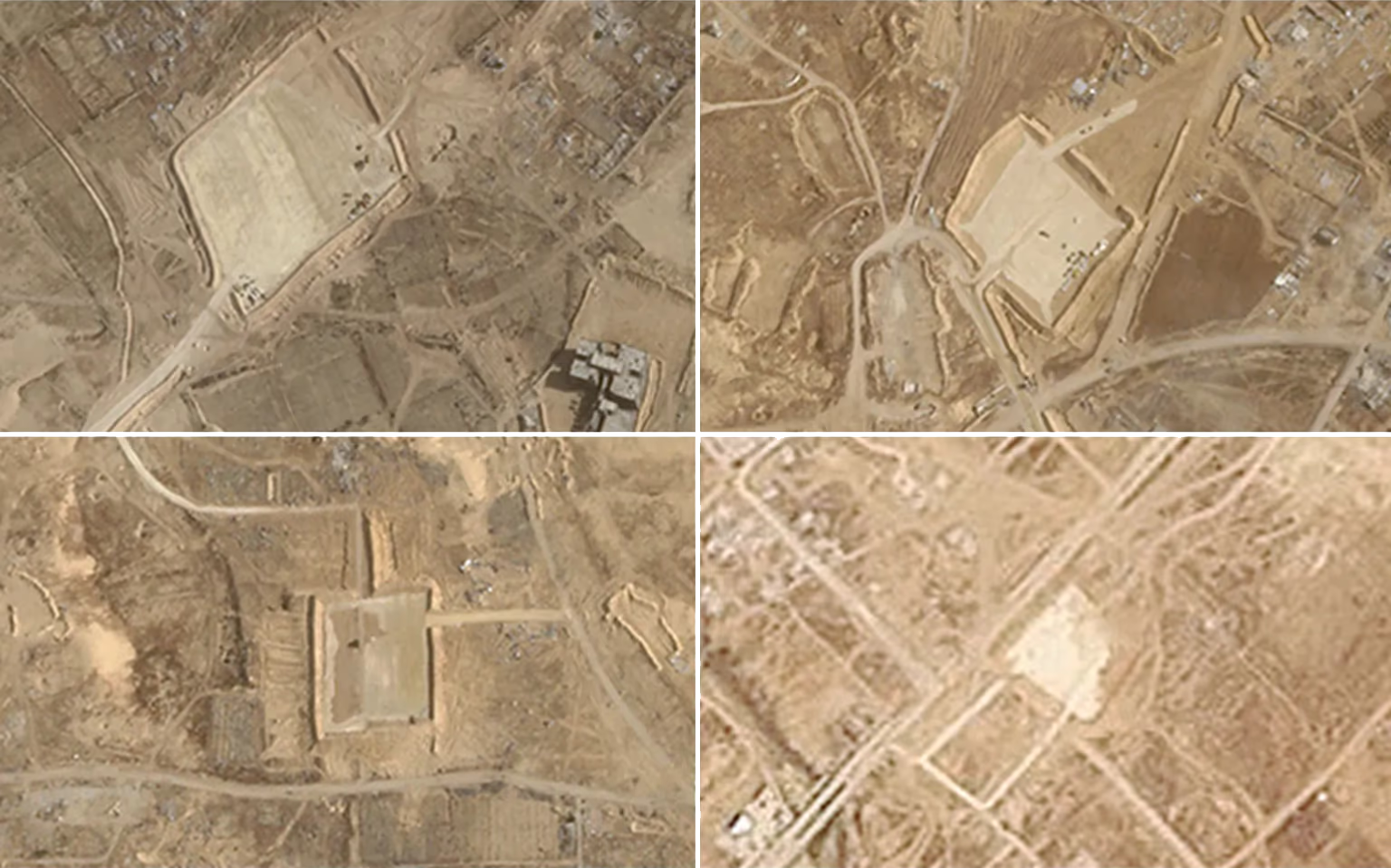
Satellite images show the construction of large Israeli military staging areas near the Gaza border. These sites are used to amass equipment and troops ahead of an expanded ground operation.
In addition, the Israeli army continues its operations in Rafah. Satellite imagery shows significant destruction within the city following the collapse of the ceasefire.
As Israeli military spokesperson Effie Defrin explained at a Sunday press conference, the army is deliberately keeping public reports about troop movements vague—for security reasons.
Death Toll Rises, but No Confirmed Elimination of Targets
Ahead of the new phase of the ground operation, Israel significantly increased the intensity of its strikes on Gaza. Since last Thursday, more than 400 people have been killed in Israeli attacks, according to Gaza’s Ministry of Health. The agency does not distinguish between civilian and militant casualties.
The Israeli military reported striking more than 670 targets across the enclave over the past week. Gaza residents describe the situation as a near-constant barrage of explosions and the roar of fighter jets overhead.
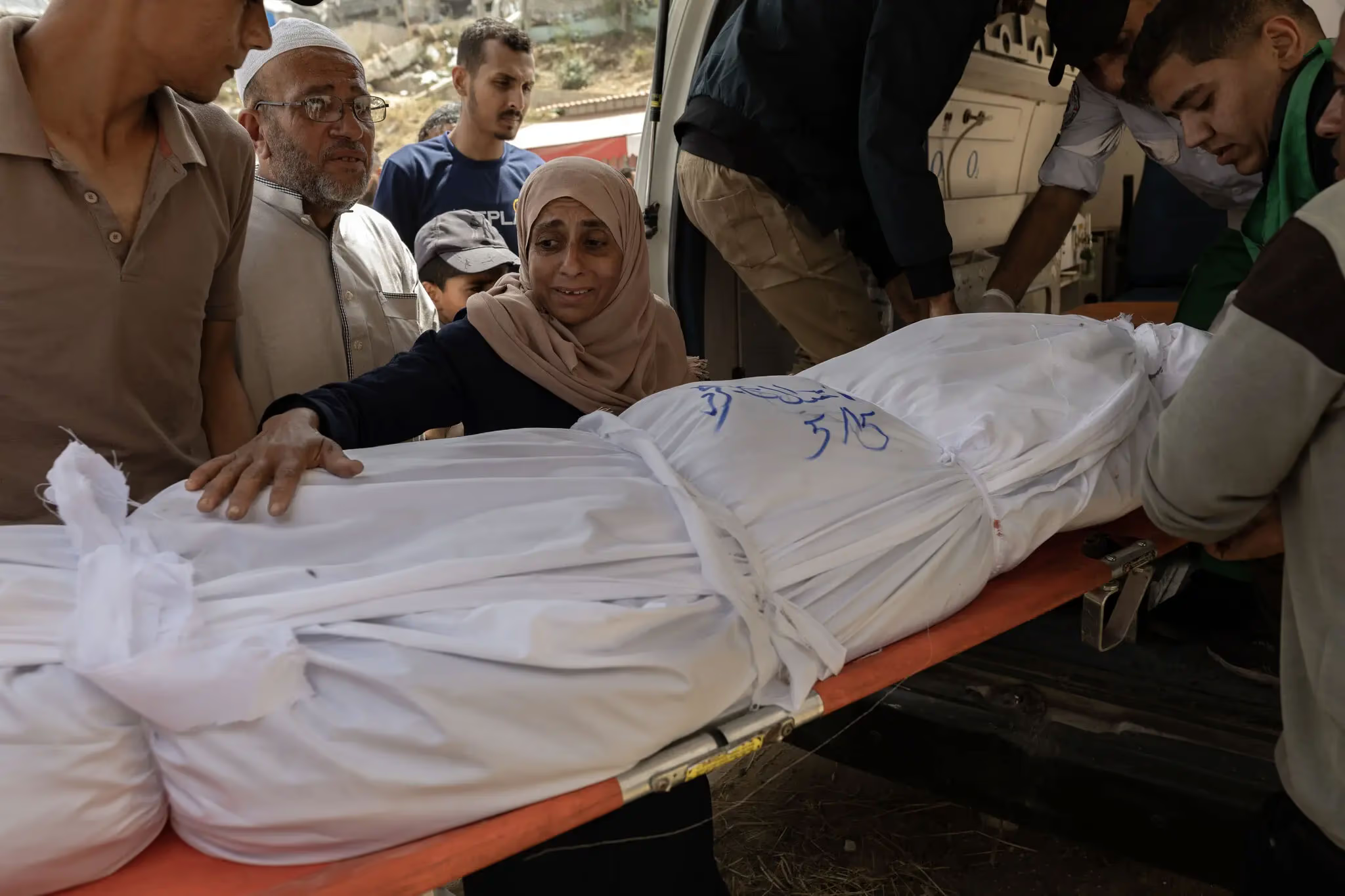
According to Gaza’s Ministry of Health, more than 400 people have been killed in Israeli strikes since last Thursday. The statistics do not distinguish between civilians and combatants.
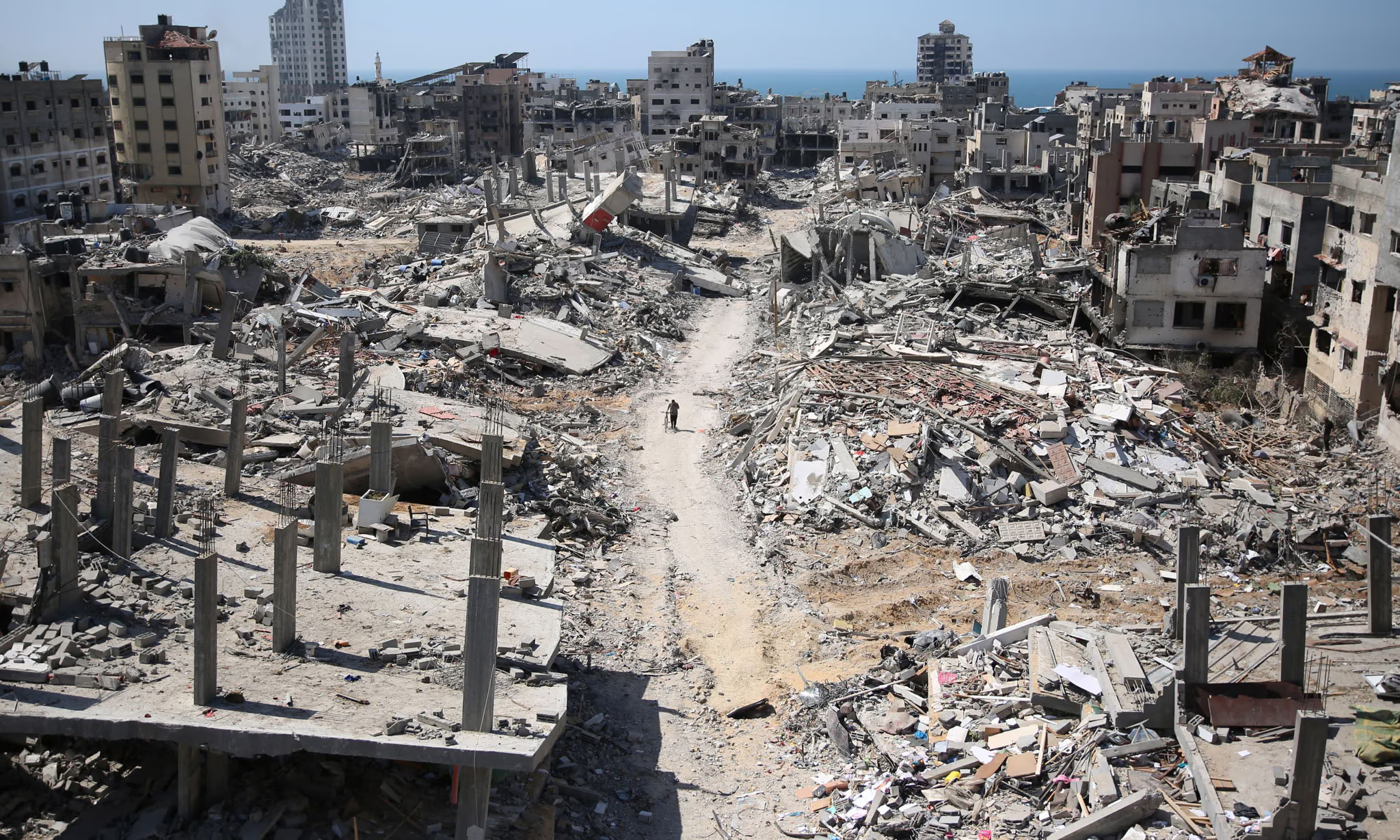
Destroyed buildings surrounding al-Shifa Hospital.
One of the recent strikes targeted an area near the European Hospital in Khan Younis. Israel stated that the intended target was Muhammad Sinwar—one of the last senior Hamas commanders believed to remain in Gaza. His fate has not yet been officially confirmed by either side.
The Israel Defense Forces claim they are taking steps to minimize harm to civilians, including precision strikes and advance warnings.
Since the beginning of the conflict, more than 53,000 people have been killed, according to Gaza’s Ministry of Health. The war began on October 7, 2023, when Hamas launched a surprise attack on Israeli territory, killing around 1,200 people and taking approximately 250 hostages.
Mass Hunger and External Pressure Push Israel to Allow Humanitarian Aid
After more than two months of a total blockade that halted all humanitarian assistance, Israeli authorities announced on Sunday evening that they would allow a "limited quantity of food" into Gaza.
On Monday, according to the office of Israel’s defense minister, nine trucks carrying humanitarian aid were allowed to pass through a checkpoint.
The preceding blockade had led to a sharp increase in hunger and shortages of basic resources among Palestinians in the enclave. Major humanitarian organizations suspended operations due to depleted supplies. Doctors reported cases of child malnutrition, and the UN warned of a real risk of famine across the entire Strip.
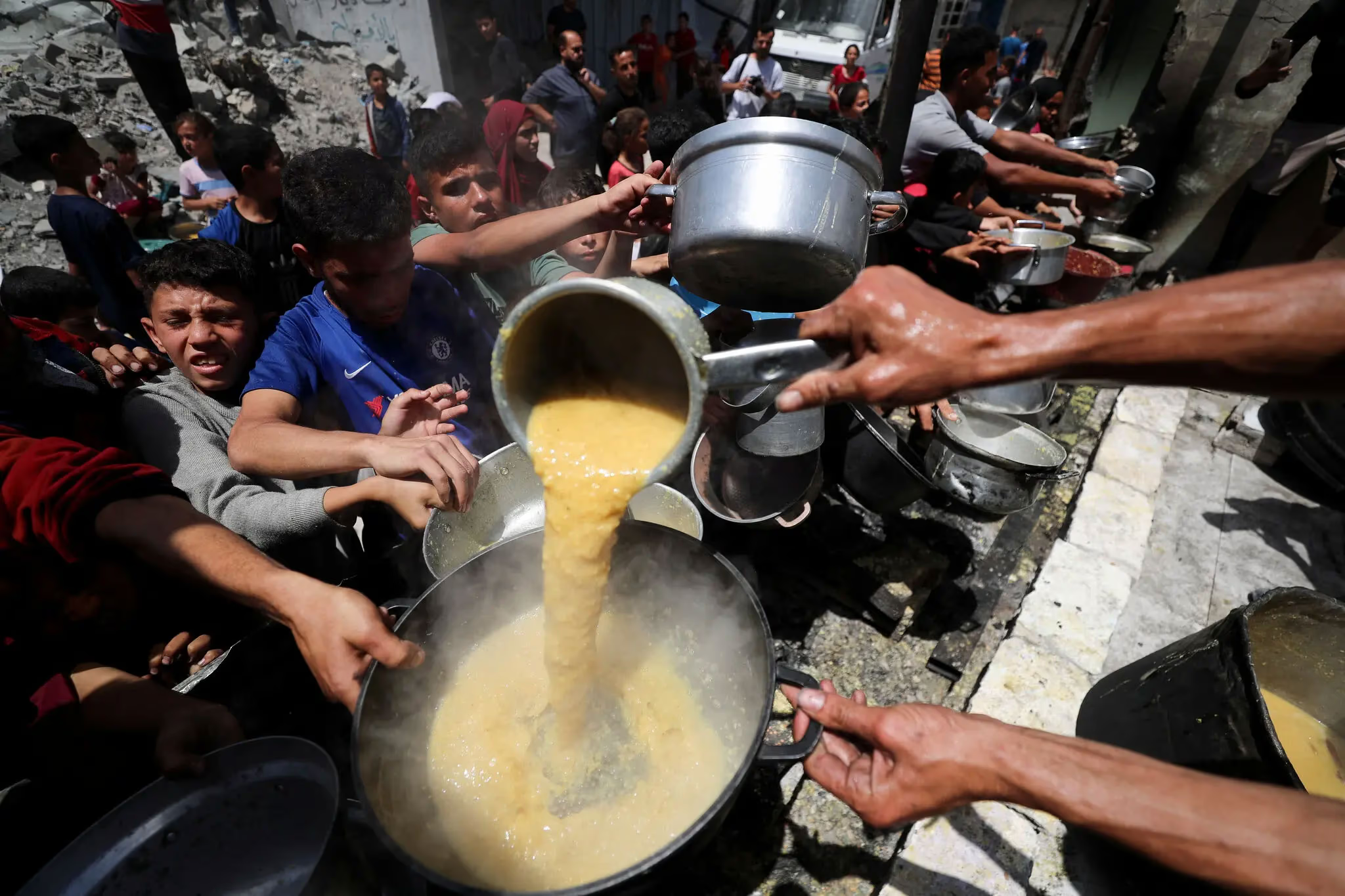
Palestinians in Jabalia wait for hot meals prepared by a charity kitchen.
Israel justified the blockade as an attempt to force Hamas to surrender and release the remaining hostages—dozens of whom are believed to have already died.
For several weeks, Israeli officials publicly insisted that there was sufficient food in Gaza. However, behind the scenes, a reassessment of the risks began: a total cutoff of humanitarian aid would make famine in the enclave inevitable.
In recent days, even the Trump administration—Israel’s key foreign policy ally—has joined the list of countries warning of the threat of mass starvation in Gaza.
Prime Minister Benjamin Netanyahu, commenting on the partial resumption of deliveries, said the move was aimed at addressing the concerns of international partners over the humanitarian situation.
"We must not allow the situation to descend into famine—neither in substance nor diplomatically," he said in a video address. Without the delivery of aid, Netanyahu added, "we simply won't have support, and we won't be able to win."
Israeli Threats Trigger a New Wave of Flight From Gaza. Civilians Are Warned of Strikes, but Have Nowhere to Hide and No Way to Evacuate
The vast majority of Gaza’s roughly two million residents have already been forced to leave their homes at least once since the start of the war—many of them have endured multiple waves of displacement.
Even before the official announcement of escalation on Sunday, Palestinians had begun fleeing their homes, trying to get away from areas where Israeli forces might appear.
Suzanne Abu Daqqa, a resident of Abasan near Khan Younis, said on Sunday that her greatest fear was being forced to leave again—this time for a tent camp along the sweltering coastline.
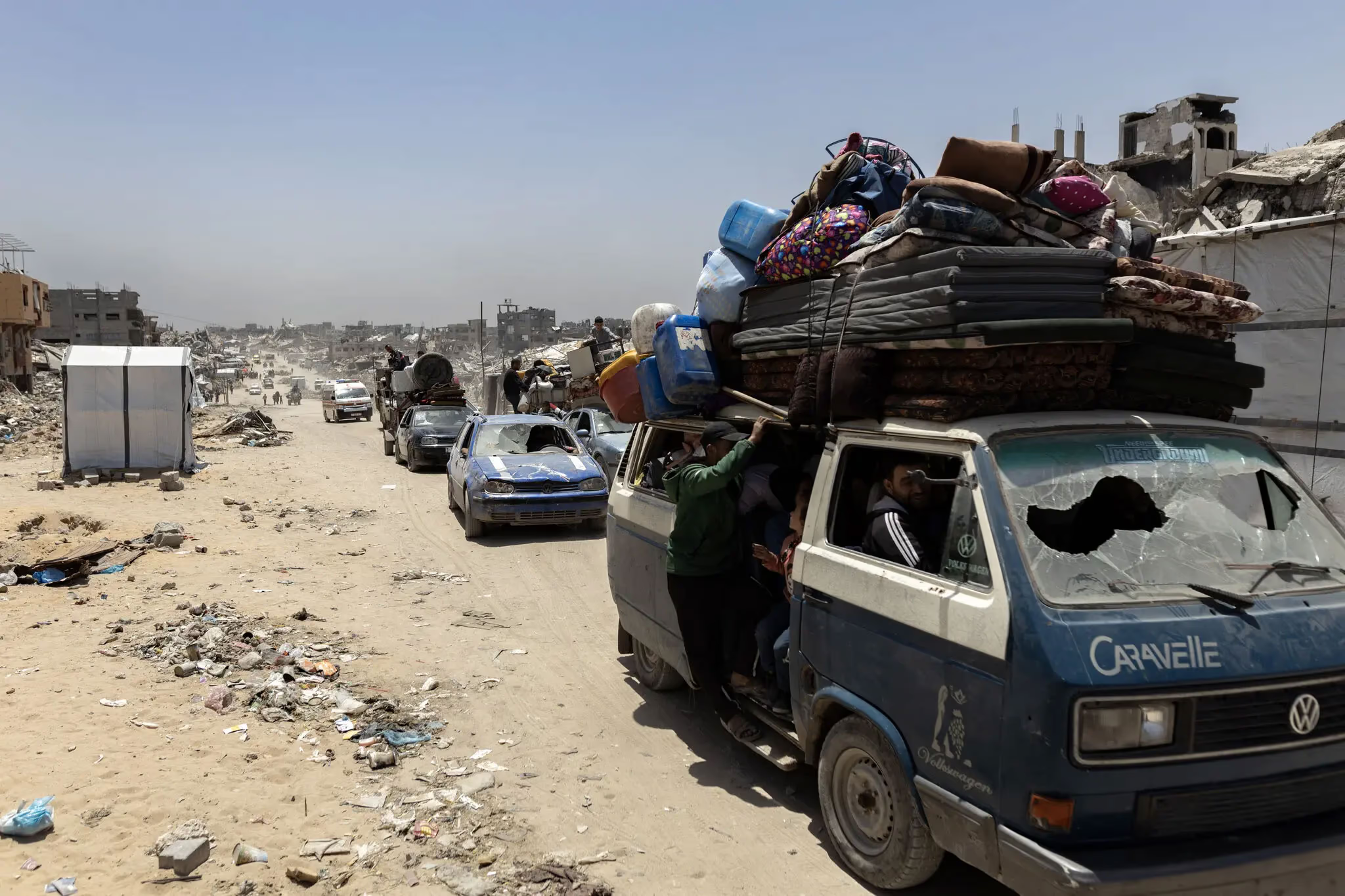
Residents flee their homes in Beit Lahia in northern Gaza.
"If they tell us to leave—that will be a real catastrophe," she said in a phone call.
The very next day, the Israeli army issued a warning to residents of Abasan: evacuate immediately or face "an unprecedented attack."
Might Over Right
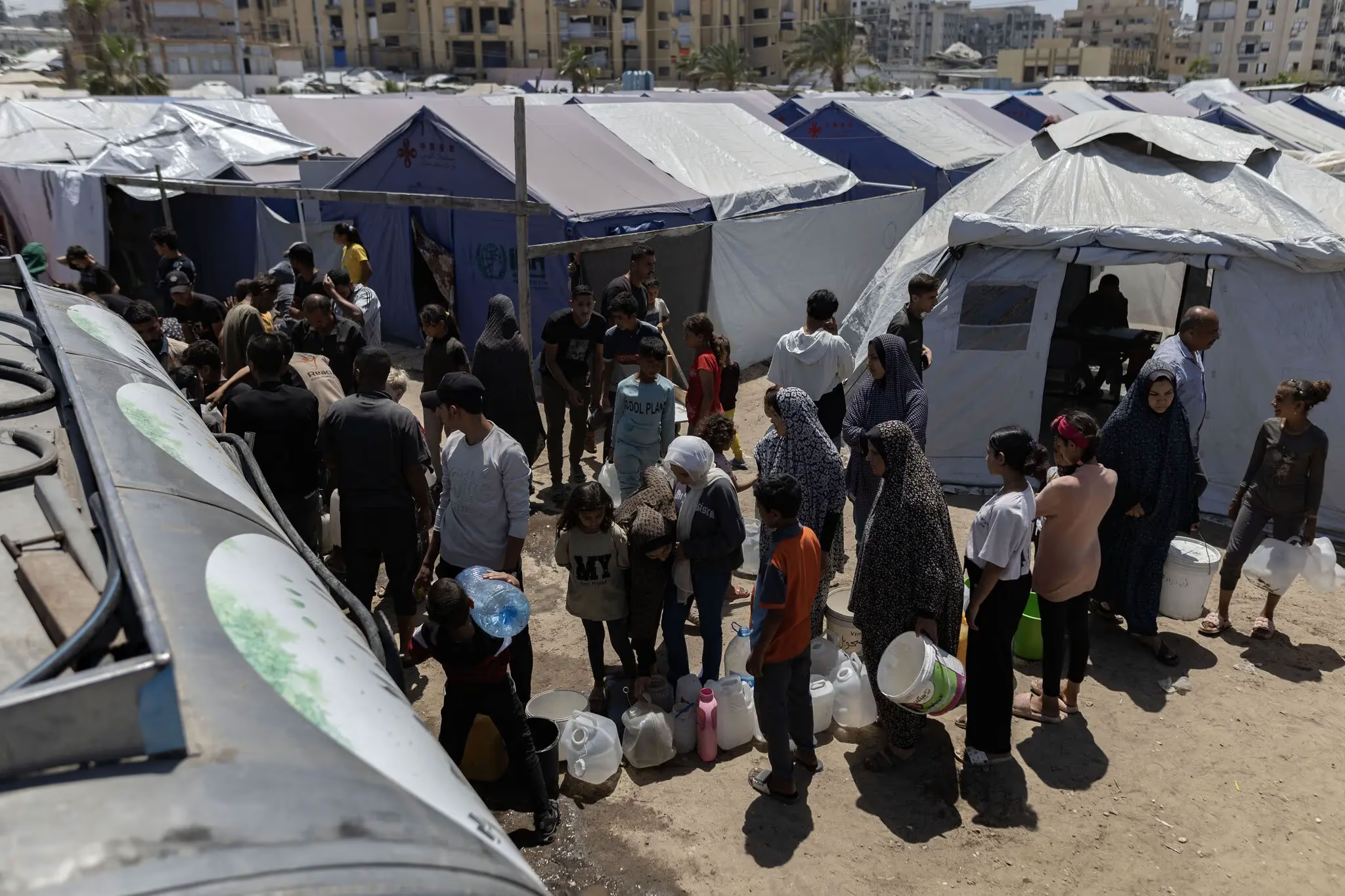
Israel Keeps Gaza Under Total Blockade, Cutting Two Million People Off From Food, Water, and Medicine
This Is Not a Humanitarian Crisis—It’s a Deliberate Siege

Blockade and Economic Devastation Leave Gaza Without Food
Families Survive on Canned Goods and Aid

Divide and Control
Israel Has Entered a New Phase of the War in Gaza—with Large-Scale Displacement and Direct Control Over Humanitarian Aid

